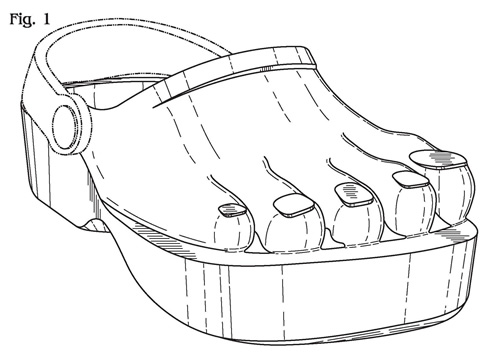What is a Design Patent?

The design patent search hong kong https://www.accoladeip.com/us/en/trademark-search/ is the intellectual property protection for the unique visual qualities of a manufactured article. This includes the configuration or shape of an article, or surface ornamentation (patterns of indents and ridges) on an article. To get design patent protection, an invention must be new, original, and ornamental. It must also be useful or have some value.
It protects the unique visual qualities of a manufactured item
Design patents protect the unique visual qualities of manufactured items such as computer icons, non-functional computer displays, ornamental designs on automobiles, furniture and jewelry. They may also cover fonts, screen layouts, and typefaces.
A design patent can last up to 15 years from the date of issuance and has no maintenance fees like utility patents. This makes it a valuable tool for protecting a product’s decorative look, rather than its functional features.
The key difference between design patents and copyrights is that copying of an infringing design must be intentional. That is, the design must be so similar to the patented design that an ordinary observer might think it was the patented design.
That test was developed in 1872 by the Supreme Court. The jury must be able to determine infringement by comparing the infringing product to the patented product and the drawings that are incorporated into the design patent application. If infringement is likely, the defendant can be ordered to stop marketing and selling the infringing product.
It protects the configuration or shape of an article
A design patent search hong kong covers any invention involving the configuration or shape of an article. It may also cover the surface ornamentation of an article.
Design patents are designed to protect the unique visual qualities of a manufactured item and may be filed by anyone who has invented an object that reflects a creative or artistic vision. They can be used as a primary form of intellectual property protection or as a complement to other protections, such as utility patents.
The first part of a design patent application is a drawing disclosure, which includes drawings or black and white photographs that show the article’s appearance. These drawings should be clear and complete, and must comply with the disclosure requirements of 35 U.S.C. 112 (first paragraph).
Ink and/or photographic drawings should be accompanied by a description of the design and the article in which it is embodied. The description should include the title of the invention, which must be specific and descriptive. In addition, the drawing disclosure should be supported by an abstract. It should include surface shading, and any parts of the drawing that do not apply to the design should be shown using broken lines.
It protects the surface ornamentation of an article
A design patent protects the unique visual qualities of an article, which can include the shape or configuration of an object as well as the surface ornamentation of that object.
According to 35 U.S.C. SS 171, the design of an article is a “design embodied in or applied to an article of manufacture.”
That means that an article cannot be protected by a design patent if the design can be separated from the object in question. However, if an article has a unique exterior appearance and other competitors are likely to copy that appearance, then a design patent may be appropriate to protect it.
Design patents can be complicated to obtain. It is important to work with an experienced Orange County intellectual property attorney who can help you navigate the process and make sure that your design patent is properly filed. It is also a good idea to check with the PTO before filing any patent application to ensure that your design patent covers the particular article of manufacture that you wish to protect.
It protects the combination of configuration and surface ornamentation
A design patent protects the visual ornamental characteristics of a manufactured item, including the combination of configuration and surface ornamentation. It is important to note that this type of protection differs from utility patents, which focus on a functionally practical invention.
This distinction has its own policy and legal issues. One such issue is whether a fragment of a configuration or a piece of surface ornamentation counts as a whole.
But if this new approach is adopted, applicants would be required to claim the entire configuration or surface design in their original application and in any continuing applications. They could also no longer claim parts of a design that are not visible in everyday use.
This change is a significant step towards more intellectual coherence and a better understanding of modern design philosophies and practices. It would also bring a more streamlined and efficient examination process. This is particularly helpful in a highly competitive market, where design patents have become increasingly popular and essential.
If you would want to receive more info regarding Accoladeip, assure visit our webpage.
